
The Lyons Veterans Administration (VA) Hospital Historic District, currently known as the Veterans Affairs New Jersey Health Care System, Lyons Campus, is located at 151 Knollcroft Road, approximately 2.5 miles southwest of the village of Basking Ridge in Bernards Township, New Jersey. Located in a campus setting, the Lyons VA Hospital Historic District is surrounded by residential development to the north, east, and south, and a public park to the west.
NOTE: As with all Mr. Local History retrospectives, we often update the post when we learn stories and are sent photos from our community. We will continue to expand this piece as information becomes available.
Mr. Local History Project
The original and ongoing mission of the facility has been to provide health care to veterans of the United States. The hospital was opened in 1930 as a veterans neuropsychiatric hospital and was converted to a general medical and surgical hospital in 1976. The surviving campus preserves the characteristics of the neuropsychiatric veterans hospital sub-type of Second Generation Veterans Hospitals.
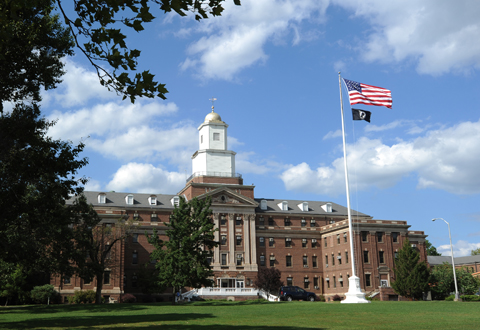
Revivalist architecture, such as the Colonial Revival and Classical Revival styles, was utilized for many federal buildings constructed in the first half of the twentieth century to exhibit patriotism through the use of stylistic elements associated with the early history of the United States and to reflect the permanence of the institutions contained within the buildings.
Historic Origins
The Lyons VA Hospital at Lyons, New Jersey, has its origins in the 1920s, when the Sixty-eighth Congress passed an act authorizing appropriations to provide hospital and outpatient facilities for veterans under the World War Veterans Act of 1924. The act was signed into law (Public Law #587) by President Calvin Coolidge on March 3, 1925. Coolidge’s signature authorized $10 million to the U.S. Veterans Bureau to construct and improve existing disabled veterans hospitals across the United States.
In May 1925, the director of the Veterans Bureau notified President Coolidge that possible sites for the future veterans hospital in the Second District were beginning to be considered. The Second District included the states of New York, New Jersey, and Connecticut. 1925, first consideration would be given to tracts already owned by the federal government.
The Knollcroft Farm
Walter Reynolds, owner of Knollcroft Farm, was aging and finally died on Thursday, February 9,1928 at his Knollcroft estate from blood poisoning following an extraction of two teeth (wow). He had relinquished his managerial position at the National Aniline Company (a leading dye concern and predecessor to Allied Chemicals and The Honeywell Corporation on 40 Rector Street in New York City).
He was survived by his wife Hansel Vanderveer Reynolds and his cousin Miss Minnie King of Lyons. He is buried in St. Bernards Episcopal graveyard in Bernardsville.
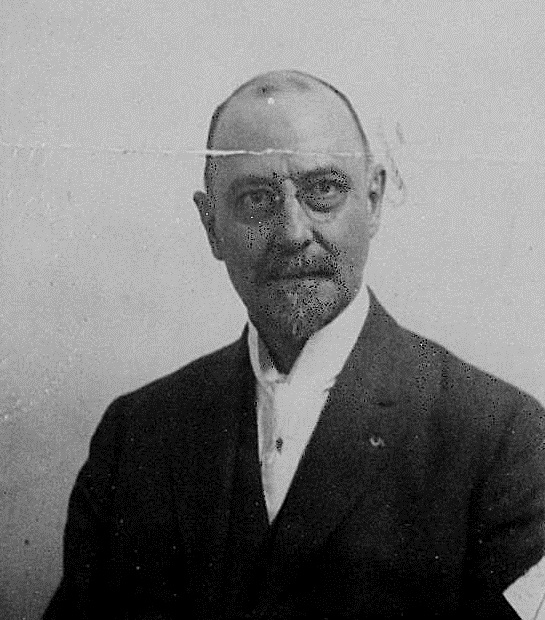
Two years earlier it was reported that his farm had begun selling equipment and prized Holstein cows.
1928: Veterans Bureau Looking all over New Jersey
A committee was created in June, 1928 to assist the Veterans Bureau in locating the best site on which to place the future hospital in New Jersey. The committee included the New Jersey Adjutant General, State Commander of the American Legion, State Commander of Veterans of Foreign Wars, and the State Commander of the Disabled Veterans of the World War.
On November 28, 1928, after review of 161 potential sites across the state, the Federal Board of Hospitalization recommended the purchase of the 272- acre estate of Walter A. Reynolds known as “Knollcroft” in the rolling countryside of Somerset Hills in the Lyons section of Bernards Township.
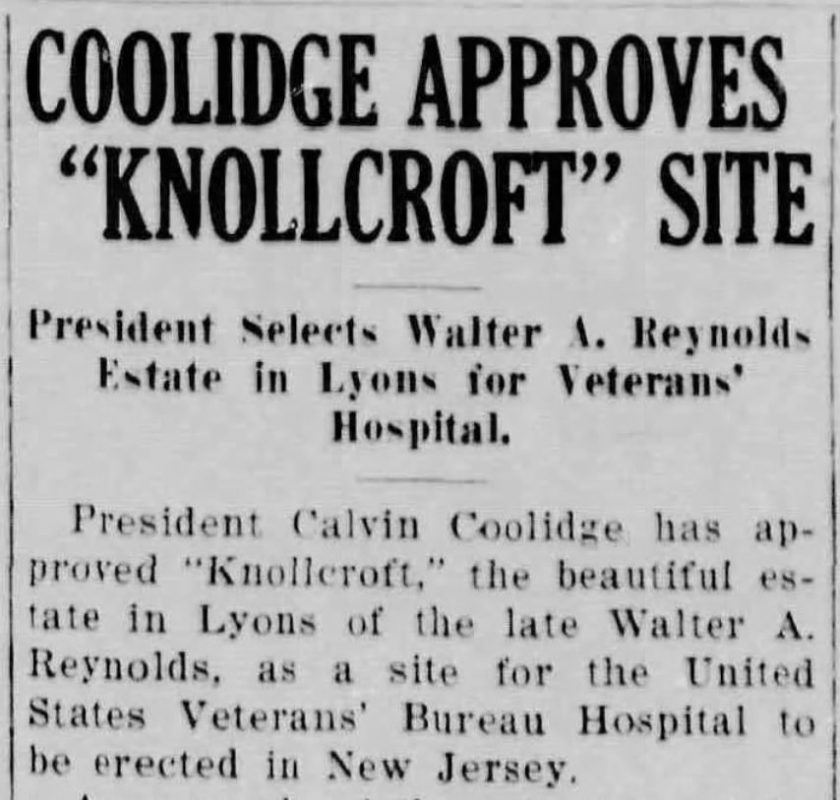
The location was ideal for an expansive hospital, with its large home and service buildings. The residence sat in the middle of 40 acres of landscaped residential park, gardens, orchards, and woodlands on a knoll surrounded by many more acres of pastures and farmland.
The land boundaries are Valley Road (a continuation of Springfield Avenue from Newark) to the South, Stone House Road on the East and Knollcroft Road running to the Lyons Station to the North.
The intention was to relieve patient overcrowding at Greystone Park Hospital in Trenton and Overbrook Hospital in Essex County. The facility required a staff between 300-400, which was a welcome benefit during the post Great Depression era.
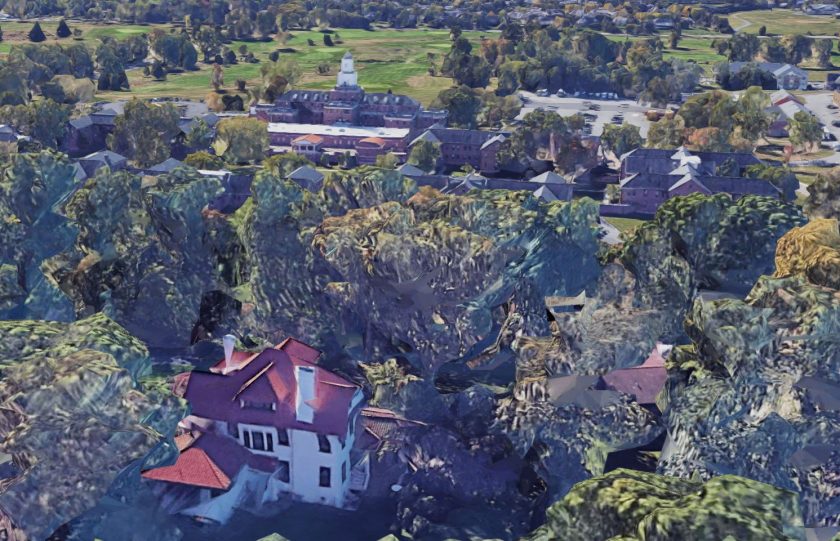
On December 1, 1928, the Reynolds Estate was purchased for $130,000. This 272 acre tract would comprise the area west of the road currently dividing the campus known as Knollcroft Road. The estate’s original 14- room stucco and brick mansion, later known as “Manor House,” served as the hospital manager’s house. Starting with the Reynolds Estate in 1928, the Veterans Bureau added additional adjoining tracts of land, bringing the total acreage at the time of construction in 1929 to 320 acres . Eventually the hospital would incorporate a total of 864 acres by the mid-1950s.
1929: Construction Begins
Construction of the facility began on July 11, 1929. Congress appropriated $2 million for the completion of the hospital’s initial period of construction. The general contract for the first buildings within the campus was awarded to Murch Brothers of St. Louis, Missouri for $1,204,000.
Contractors employed to finish construction work included companies from Ogden, Utah; Beloit, Wisconsin; Baltimore, Maryland; Washington, D.C.; and Philadelphia, Pennsylvania. Approximately 250 men initially worked on the project; however, the number increased as more contracts were added between 1929 and 1930, providing much needed employment in the area after the start of the Great Depression. In addition to these contractors, there was the estimation that over 400 local residents would be needed post construction to support operations at the VA which was a real boon to the Somerset Hills area.
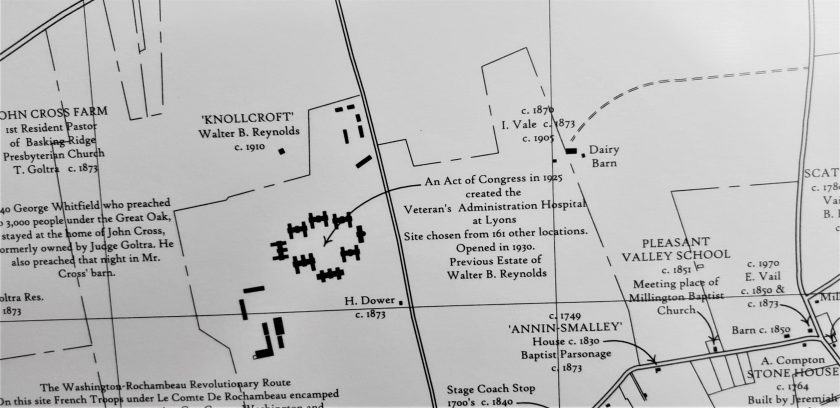
1931: Dedication July 25, 1931
Completion of the initial construction was celebrated with a dedication program held July 25, 1931. The event was attended by 8,000 visitors and dignitaries who were entertained by music, military drill teams, and speeches. The principal speaker for the dedication was Major General Smedley D. Butler, nicknamed “Old Gimlet Eye,” who fought in both the Mexican Revolution and World War I.
“I have previously visited twenty six veterans hospitals throughout the nation and had seen none more ideally situated and equipped than the one in these Somerset Hills.“
Major General Smedley D. Butler
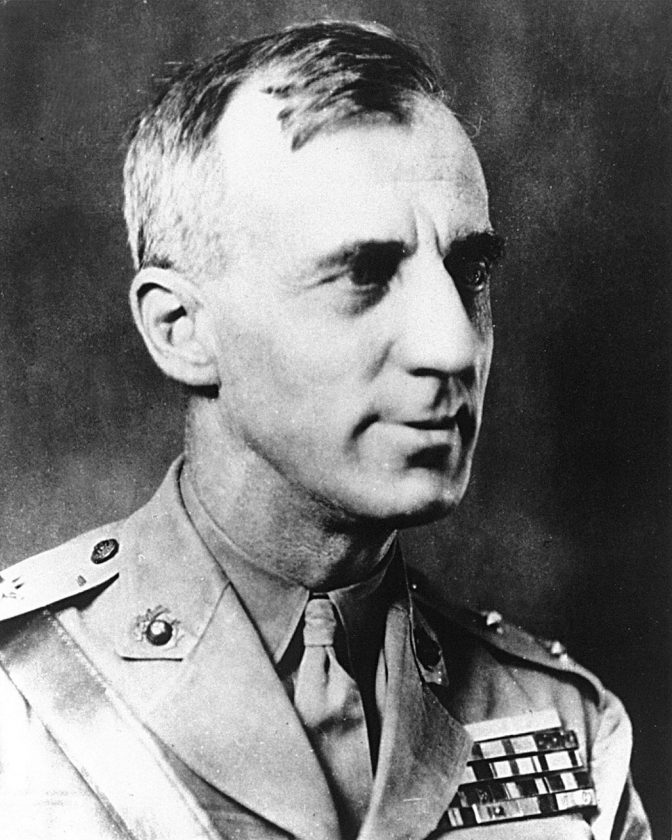
Bernards Township Committee Chairman Tiffin Annesser delivered the “Welcome Address.”
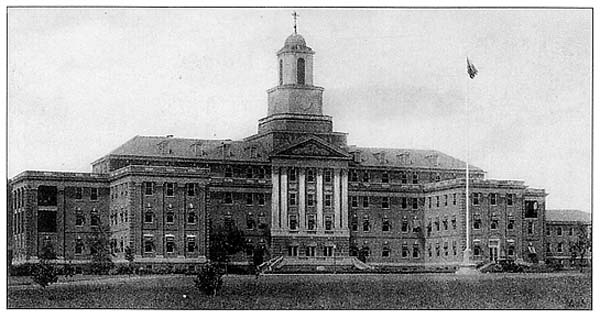
Since the land is federal, the US Marines from the Brooklyn Navy Yard were assigned to police the grounds. Starting with 433 patients at the facility, the plan was to have 960 patients. The total cost for construction was approximately $2,600,000 and about $150,000 for the land purchases. With an additional railroad station on the way, and access to the nearby Somerset Hills airport up the road in Basking Ridge, the facility was ready for supporting our soldiers post-military medical needs.
1938: Lyons VA Expansion
On January 29, 1938, as the possibilities of a second world war loomed on the horizon, expansion of the facility began with the erection of patient care buildings and the “Kitchen and Dining Hall” around the eastern courtyard. Construction on three H-shape patient ward/treatment buildings, including the Neuropsychiatric Infirmary Building, began on November 15, 1943.
Once construction was completed, these six buildings encompassed the eastern courtyard. This new construction provided even more stimulus for the local economy.
World War II brought an influx of new patients and the bed total rose from 1,400 in 1940 to 1,750 in 1943 and 2,500 in 1950. Lyons became the VA’s second largest neuro-psychiatric institution in the country.
The Farm that Became a Golf Course
In addition to being a hospital, the campus had a working farm, complete with cows, horses, pigs, vegetable crops and fruit orchards. Patients farmed the land until advances in drug treatment changed to prescriptive methods.

In 1938, the patients raised $4,500 in fruit and vegetables, $1,500 in canned vegetables, and over 31,000 pounds of pork products.
The land that currently comprises the contributing golf course was previously a therapy farm for the VA patients. Of the hospital’s former farming operations, only one building, the barn and portions of the existing landscape exist to demonstrate this past agricultural use.
What many people don’t know is that the Coakley-Russo Memorial Golf Course was designed by Robert Trent Jones, one of America’s most well known golf course designers. The golf course was started in the fall of 1945 and completed for Memorial Day observances on 2:15 pm on May 30, 1947, attended by 2,500 and was dedicated to all New Jersey golfers who died in military service during WWII . Reverend Herbert E. Richards of Bishop Janes Church gave the keynote address.
Jones designed over 500 golf courses, including the military course at the US Military Academy (USMA) at West Point. Some of his most famous courses are at Baltusrol Lower in Springfield, and Bellerive in St. Louis.
The Lyons 9 hole course, originally a 3,250 yard/par 36 course was named in honor of two New Jersey soldiers that were also professional golfers, Lt. Francis X. Coakley and Sgt. Nick Russo, were soldiers who died during military service. US Army Lieutenant Coakley was noted as “missing in action” and officially reported dead on December 25, 1944. He is memorialized at Tablets of the Missing at Normandy American Cemetery, Colleville-sur-Mer, France. He was a professional at the Galloping Hills Country Club in Union, New Jersey.
U.S. Army Sergeant Nick P. Russo was a golf professional at the Knoll Country Club in Boonton, New Jersey. It was reported that he died on October 18, 1945 with a status “Died Non-battle” during World War 2.
The course was the gift of members of the New Jersey Golf Rehabilitation Committee to the VA and was constructed from $31,500 in donations given by golfers from across New Jersey. PGA champion Jack Mitchel made the first drive.
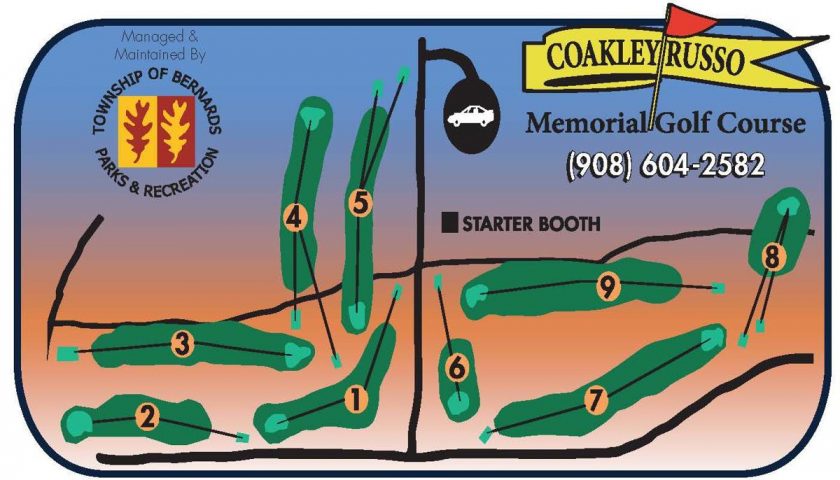
It is rumored that the Lyons VA golf course has no sand traps aka “bunkers” so not to have former WWII soldiers any reference to beach landings they experience in the War.
1954: The Water Reservoir Known as “The Tower”
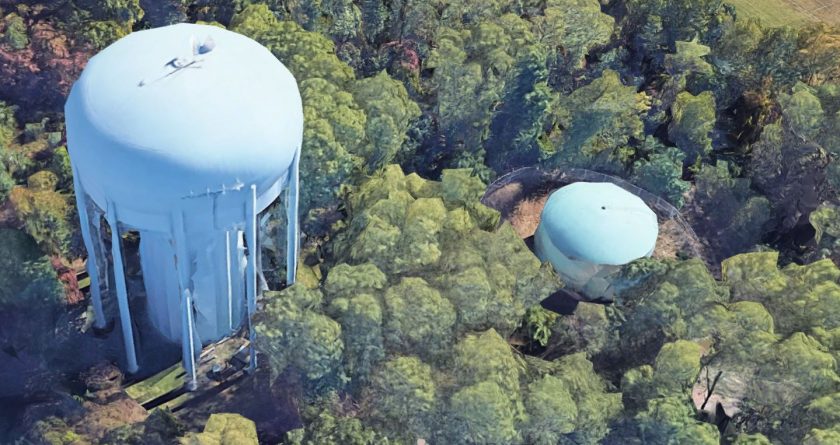
It was reported on June 17, 1954, that a 400,000 gallon water tank contract for the Lyons VA for $26, 875 was awarded to Hammond Iron Works of Warren, PA. It was built at the time when the Knollcroft estate was still the manager’s residence.
1990s and Beyond
At the turn of the century, the Lyons VA had 916 hospital beds, including 676 psychiatric beds and the 240-bed nursing home. That total is down to 412, with only 172 psychiatric beds and the 240 nursing beds. The homeless domiciliary has another 80 beds.
During the 1990-91 Persian Gulf War, Lyons was designated a “secondary hospital” for wounded soldiers, backing up East Orange Veterans Hospital during the Iraq War.
In 2003, the campus held steady at 412 hospital beds, with less than half being psychiatric beds. Although still specializing in mental health, rehabilitation and long-term care, there was a growing shift toward outpatient care and programs like job training for homeless veterans.
Meanwhile, VA community clinics opened in Morris Plains, New Brunswick, Elizabeth, Newark, Jersey City, Hackensack, Trenton and Brick, with a ninth on in Fort Monmouth putting less strain on the Lyons VA.
According to VA officials, outpatient visits to the VA’s New Jersey Health Care System have risen from 362,081 in 1996 to 510,284 in 2005.
In 2005, the Lyons VA opened another job training opportunity for homeless veterans by opening a golf driving range. The range was run by a Middlesex County non-profit business group, with most of the profits going to build affordable housing for veterans.
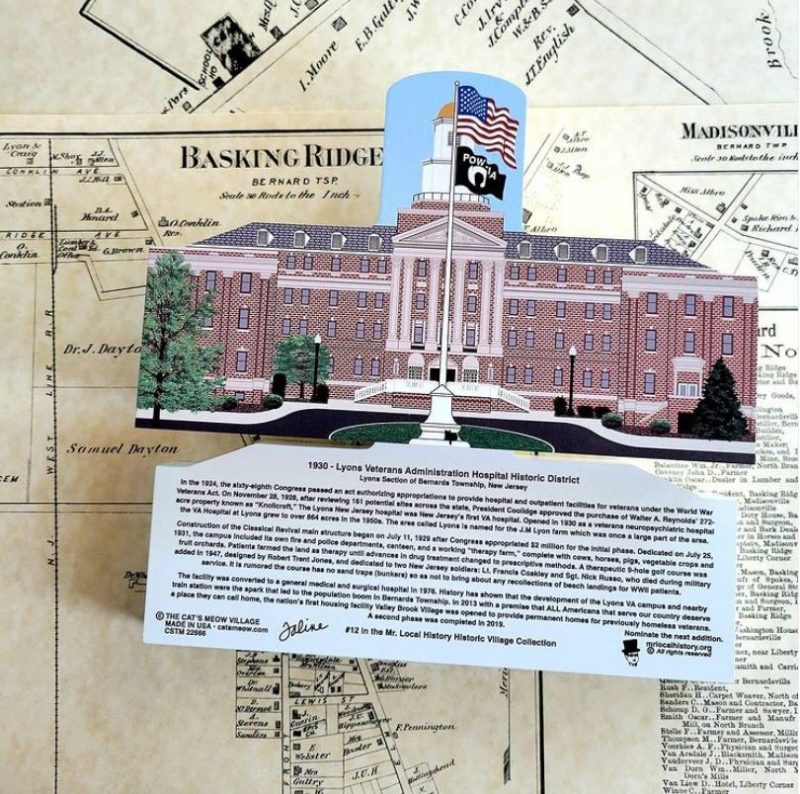
Lyons VA Canteen and Retail Shop
There is also a full-service retail store with such products as electronics, cosmetics, toiletries, and clothing. Items may be purchased tax-free. The retail store is open to patients, staff, and caregivers, and is located in Building 6 on the second floor, across from the Canteen.
Mr. Local History visited the canteen in 2009. When we visited we felt like we had just walked through a time machine. Read story.
Visitors are welcomed to eat in the medical center Canteen, which is located in Building 6. We offer hot and cold entrees, beverages and desserts. Vending machines are available for your convenience 24 hours a day in the Building 135 Nursing Home, 2nd floor Dining Room; Building 3, ground floor; and Building 143 ground floor.
Lyons Depot Gets a Major Upgrade
The Lyons Train Station was built in 1931 by Delaware, Lackawanna and Western Railroad to coincide with electrification and to serve the new VA Medical Center in Lyons.
On March 07, 1929 it was reported, due to several accidents at the Lyons Depot/Lyons Road Railroad crossing, discussions began on building an underpass and reconfigure the road. The railroad was so high that it was impossible to see vehicles coming from the other direction. Once called a neglected neighborhood may soon be a “bloom of the rose.”
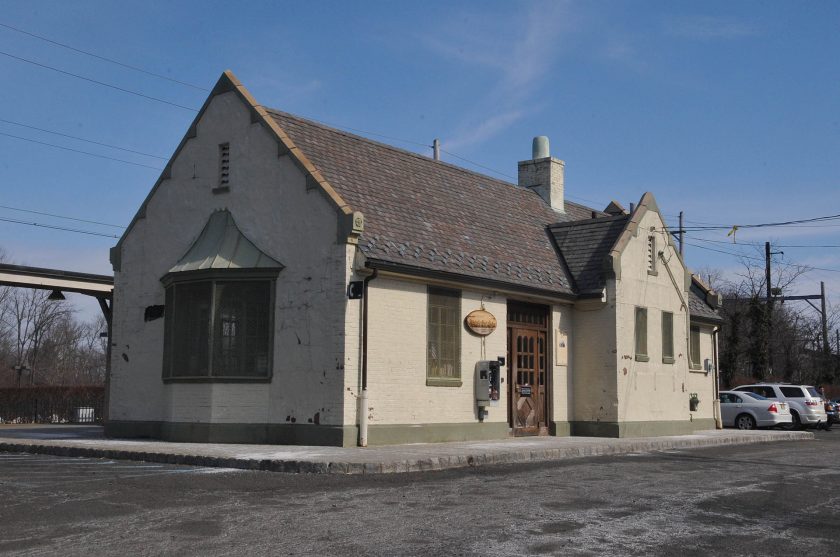
It was the last station built by the Delaware, Lackawanna, and Western Railroad in New Jersey and the second-to-last station depot built overall by the DL&W.First electric train stopped at Lyons on January 6, 1931.
Local Fireworks that Came and Went
Residents in Bernards Township always tell stories of the fun they enjoyed watching fireworks on the Lyons VA grounds every 4th of July.
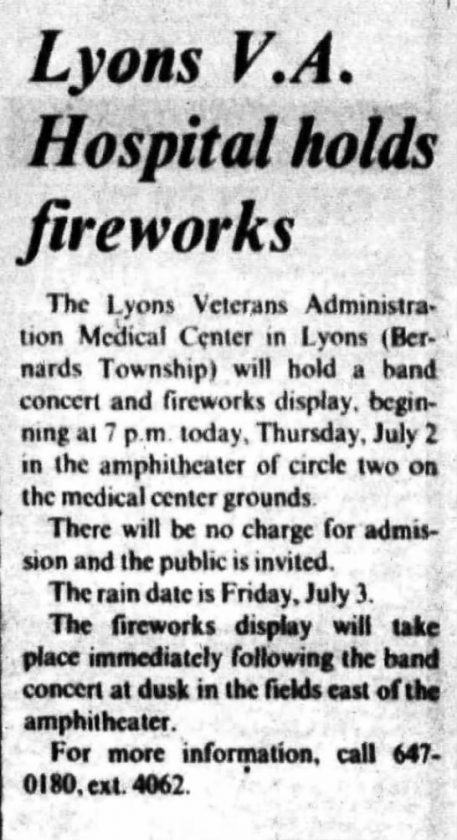
After decades of fireworks on the front lawn of the Lyons VA, the decision not to hold the event was made in the fall of 2006.
“It was based on our patients and their reaction to the event. Many of our patients have psychiatric diagnoses, and the loud noises had a negative effect on a lot of them. Mayor John Malay and Rep. Rodney Frelinghuysen, R-11, were informed of the decision and were understanding. We’re just trying to protect our patients.”
Sandra Warren, public affairs officer for the Lyons VA.
2013: VA Homeless Housing

The nation’s first brand-new housing facility to provide permanent homes for previously homeless veterans opened in Basking Ridge, at the Lyons Veterans Administration campus. On Wednesday, October 30, 2013, Valley Brook Village on the Lyons VA campus held their grand opening and ribbon-cutting for the 63 apartments in the Phase I Valley Brook Village development.
“It is the “culmination of a dream.”
Michael Armstrong, Chief Executive Officer for Parsippany-based Community Hope, one of the development partners and social service provider for the $15.5-million project.
Phase II (50 units) held their celebration barbecue for all residents hosted by project developers on November 20, 2019.
“The groundbreaking for the housing complex on 16 acres of the Lyons VA Health Care Campus was just after Superstorm Sandy swept through the area,”said Peter Gourdeau, project executive for Windover Construction Inc. of Massachusetts.
Bill Ehrie, a Marine Corps veteran of the Vietnam War, became the first occupant when he moved in on Friday, Sept. 20, 2013.
Take 15 minutes and watch this video! EVERY American that serves our country deserves a place they can call home. Every resident of the Somerset Hills should come see what a remarkable project this has become.
Mr. Local History Project
Mr. Local History
2018: Challenges For the Lyons VA
Veterans nursing home in New Jersey is near bottom in 2018 national ratings.
The Department of Veterans Affairs nursing home in Lyons ranked near the bottom — tied for 105th out of 133 homes nationwide — in internal quality ratings obtained by USA TODAY and The Boston Globe in 2018.
The Somerset County facility, the only one run by the VA in New Jersey, received just one star out of a possible five available, the same rating received by nearly half of all the VA’s nursing homes. The Lyons home, called a Community Living Center, is one of the largest in the VA, with 250 beds serving patients with serious mental illness, post-traumatic stress disorder, substance use disorders, spinal cord injuries and hospice and palliative care needs, Dr. Vineesh Bhatnagar, chief of the Lyons geriatrics and extended care program, said in a statement.
2020: COVID-19 Ravages Lyons VA
The number of COVID-19 fatalities at the Lyons campus of the Veterans Administration (VA) New Jersey Health Care System has increased to 42, according to information posted July 1, 2020 on Somerset County website (Lyons Campus of the VA New Jersey Health Care System). If this is true, that is 100% of the reported COVID-19 deaths in Bernards Township based on site information.
Additional Tidbits
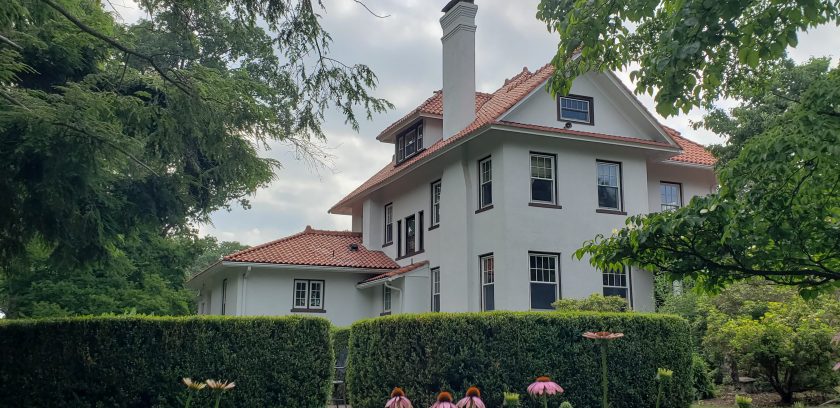
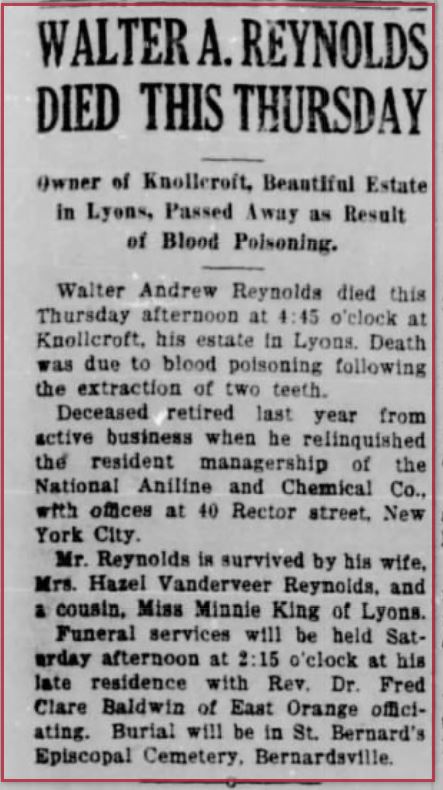
- The area called Lyons is remembered for the J.M. Lyon farm which was a large part of the area.
- Lyons Road was formerly called Clairvaux Road.
- On December 1, 1928, the Reynolds Estate was purchased by the VA for $130,000. This 272 acre tract would comprise the area west of the road currently dividing the campus known as Knollcroft Road.
- General Frank Hines, Director of the Veterans Bureau since 1923, became the first Administrator of the VA. His tenure lasted 22 years and ended in 1945 when General Omar Bradley took the helm. In 1930, VA consisted of 45 hospitals. By 1945, the number had more than doubled to 97.
- Groundbreaking started on the Lyons VA Hospital on July 11, 1929.
- The first patients arrived at the Lyons facility on November 12, 1930, having been transferred from the Bronx VA Hospital in New York City. By July 1931 a total of 415 patients were living and receiving therapy at the hospital.
- Hospital dedicated Saturday, July 23, 1931.
- Thomas McEvoy who was the first manager of the Lyons VA died on Sunday, July 16, 1934 due to complications from pneumonia.
- In 1943, two years into the United States’ involvement in World War II, bed capacity at the hospital reached 1,750 and continued to increase, reaching over 2,500 in 1949.
- The Lyons VA Hospital was the only VA hospital in the state until a VA hospital in East Orange, New Jersey, opened in 1952.
- There is a Lyons Fire Department and it’s on the grounds of the Lyons VA.
- Recreational activities for patients were also an important part of patient treatment. The majority of the surrounding land owned by the VA was used for agricultural activities as part of patients’ occupational therapy. A nine-hole golf course for “wounded and shell-shocked war veterans” was constructed from part of the farmland for additional recreation activity. The Coakley-Russo Memorial Golf Course, located in the southern portion of the historic district, was begun in the fall of 1945 and completed for Memorial Day observances in 1947.
- In 1996 the New Jersey government agency became the Veterans Affairs New Jersey Health Care System (VANJHCS).
- In July 1996 , the Lyons VA and Bernards Township partnered to keep the VA golf course open, with the township assuming operation.
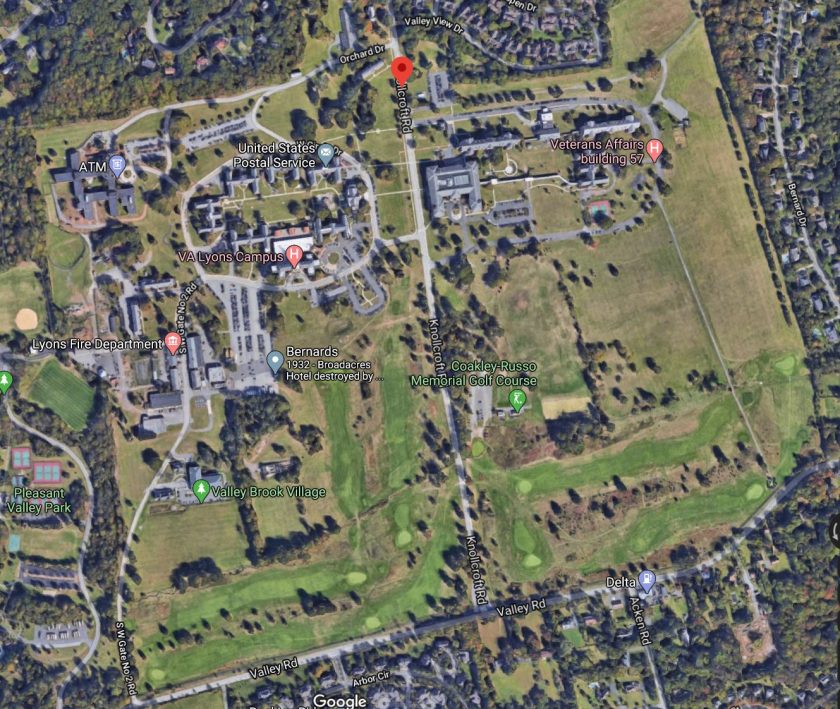
Have a Story to Share?
Do you have a story about the Lyons VA? Maybe you worked there?
Please feel free to post a comment in the section below.
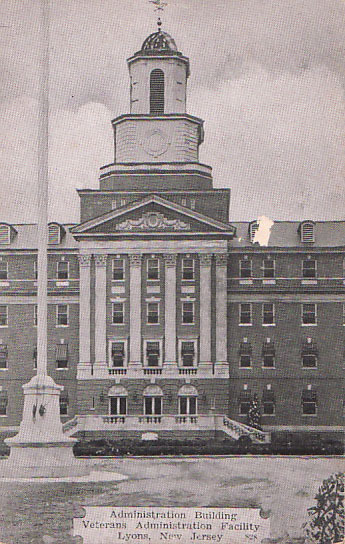
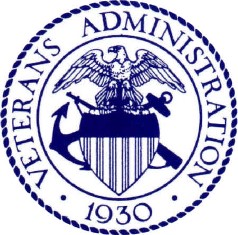
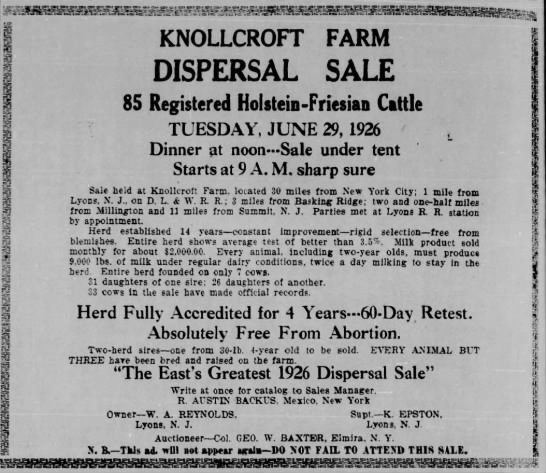
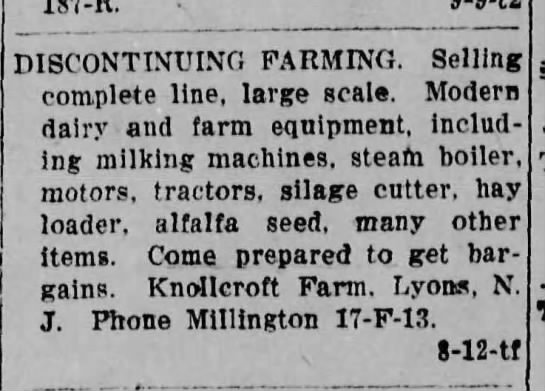
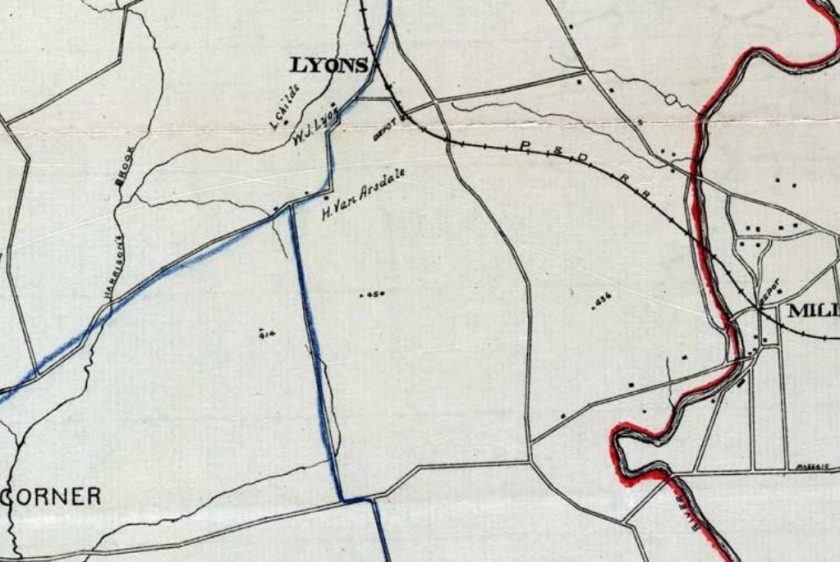
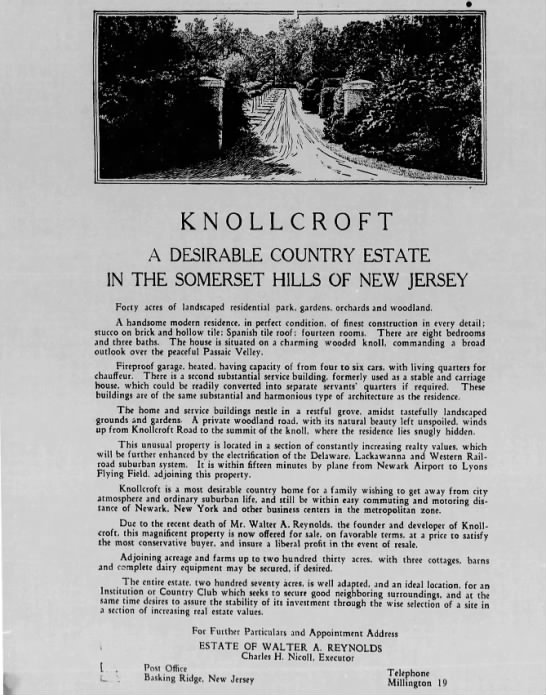
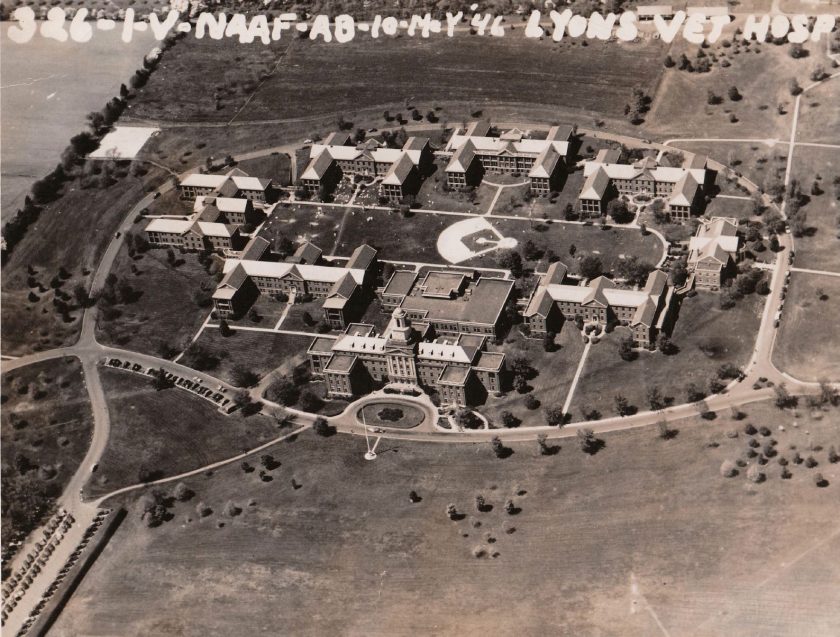
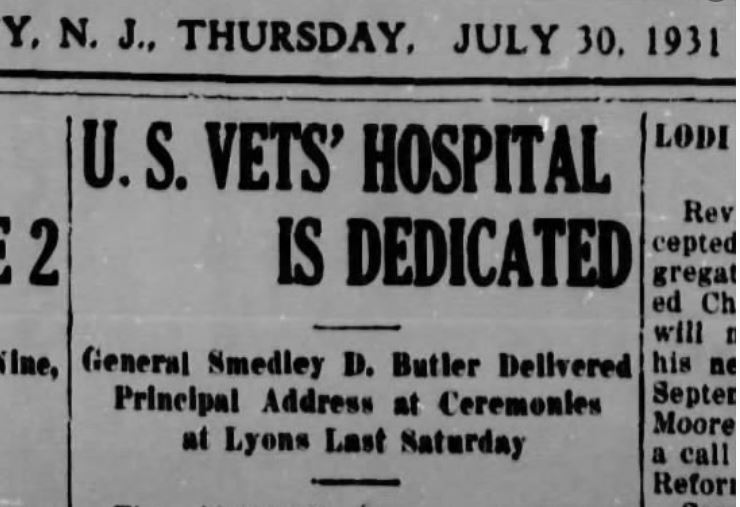
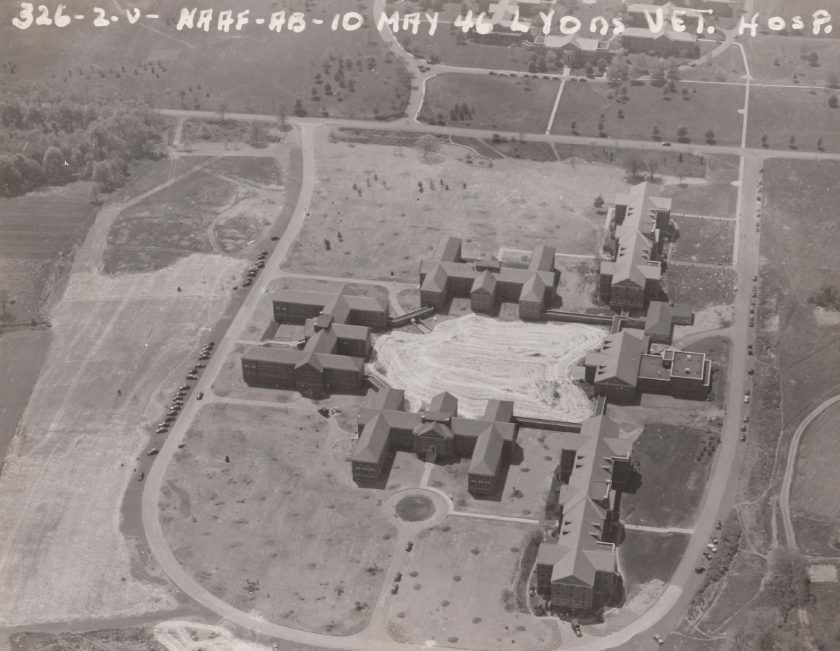
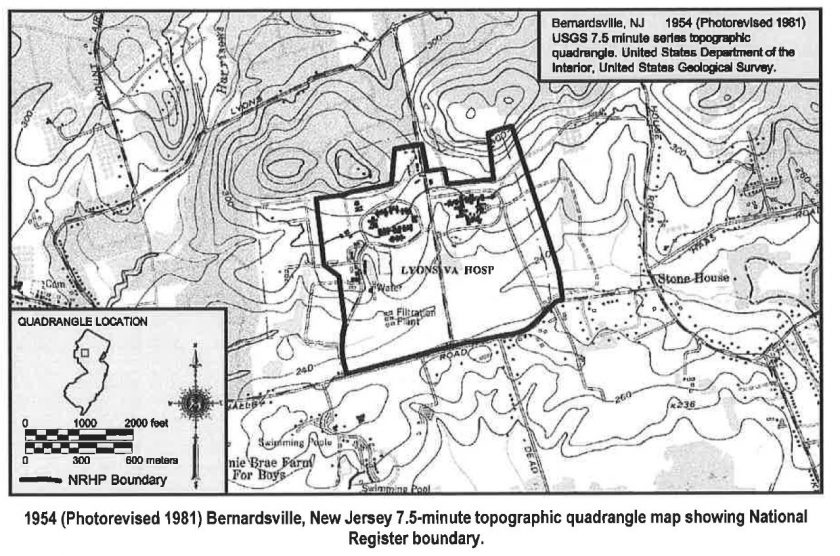
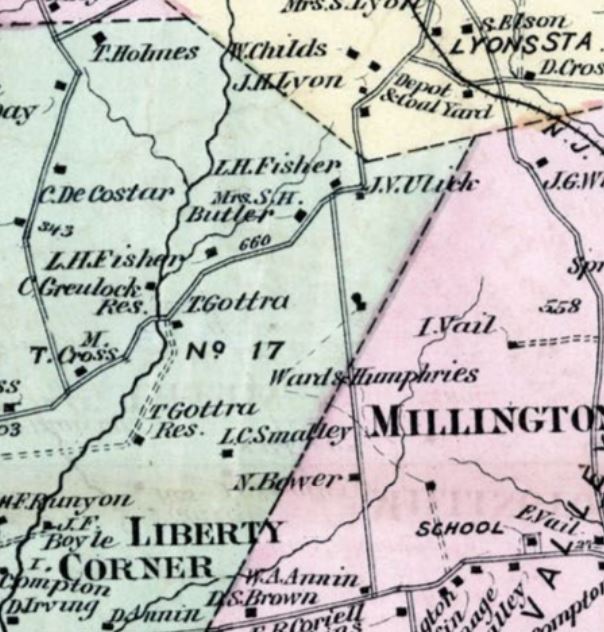
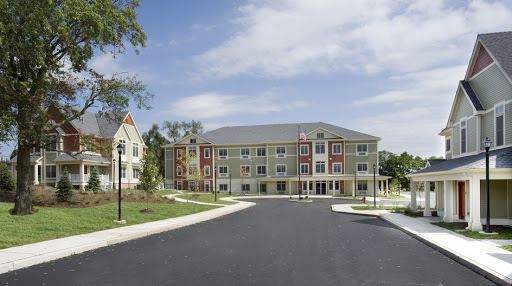
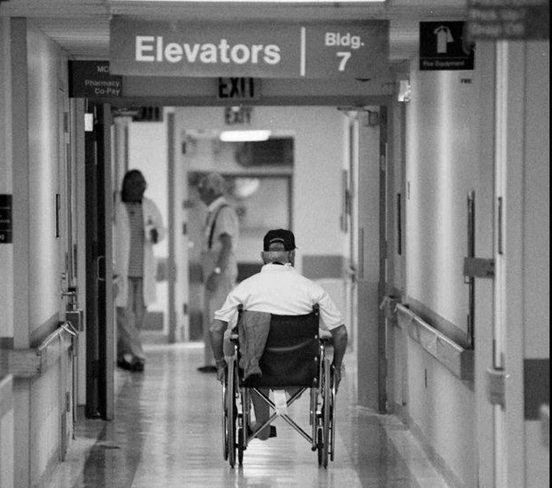

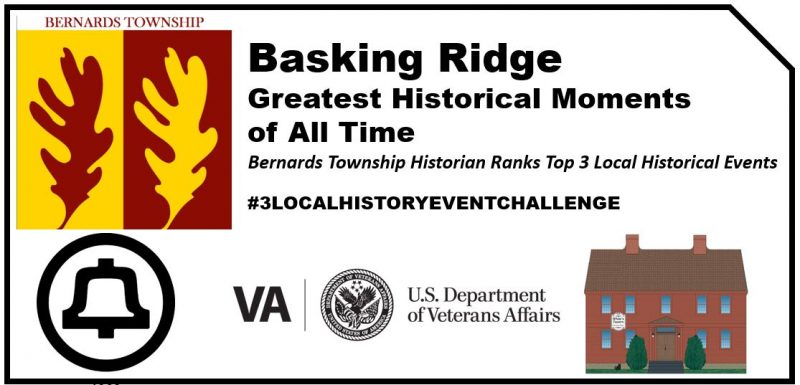
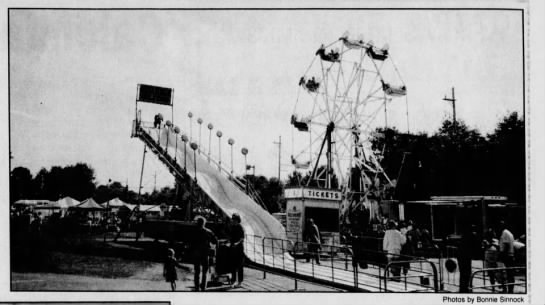


Back in the early 70s, I used to walk there to buy cheap cigarettes- $.24 a pack plus $.01 tax. A whopping $.25 a pack.
My mom worked there, many years! At Christmas we would bake cookies and bring them to the patients! (70s/80s)
An 1872 map of the area (link below) shows the NJ West Line was to run through the VA property towards Liberty Corner West of Millington. Lyons, Basking Ridge, Bernardsville was only a spur line to reconnect and Gladstone was only a proposed spur at the time.
Great find. We’re now going to dig further to find out how cool it would have been to have a train station at Liberty Corner and Pluckemin. Thanks for the share.
I grew up on Manor Drive in the 1970s-80s. The golf course did have sand bunkers back then. Also at one time the eastern portion of the property had an air strip. On at least two occasions I remember planes making emergency landings and the pilots noting they had used the strip when it was active at the facility.
I grew up on the grounds of the VA During those years, many of the staff lived in housing on the grounds. We went to parties in the Director’s home. Knollcroft. We moved to one of the farmhouses when I was in 4th grade. We loved to play in the beautiful old barn. My dad taught us to golf on that golf course! A green hospital bus carried us to school in Liberty Corner and later Basking Ridge. We were transferred to Pittsburgh in 1959! I have many fond memories of those years.
My Father was a patient at Lyons Hospital from 1964 to 1986. I bused him there for those years as a child and young adult..
According to Ancestry.com, my grandfather died at this hospital in 1933. He was at the battle of Chateau Thierry and Vasle River, and was gassed. My father was born (illegitimately) in 1929, never knew his father (big family secret). I can’t find grandfather’s death certificate on Ancestry and would love to know his cause of death. I have a copy of a Veteran’s Compensation application which stated his time and place of death; that’s how I know where he died. I’m especially curious now that I see this hospital admitted psych patients.